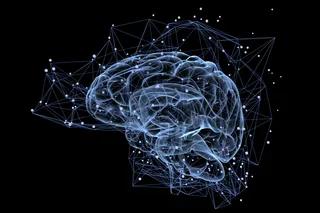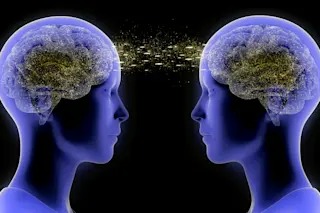There’s a lot that goes on inside our brains. But there are times that our minds go… well… what’s the word? Blank?
Reviewing available research on mind blanking, a new article in Trends in Cognitive Sciences says that the moments in which we are “thinking about nothing” are actually a lot more complex than we might think, as they tend to correspond with physiological, neural, and cognitive changes in our brains and bodies.
Taken as a whole, the new article suggests that the blanking mind represents a distinct and phenomenally diverse mental state — a state that scientists are only starting to understand.
When we’re awake, our minds move from one mental state to another, with the majority of these mental states being characterized by “contents.” These contents are the topics that are on our minds — the things and ideas that our mental states are “about.” Though our minds ...















